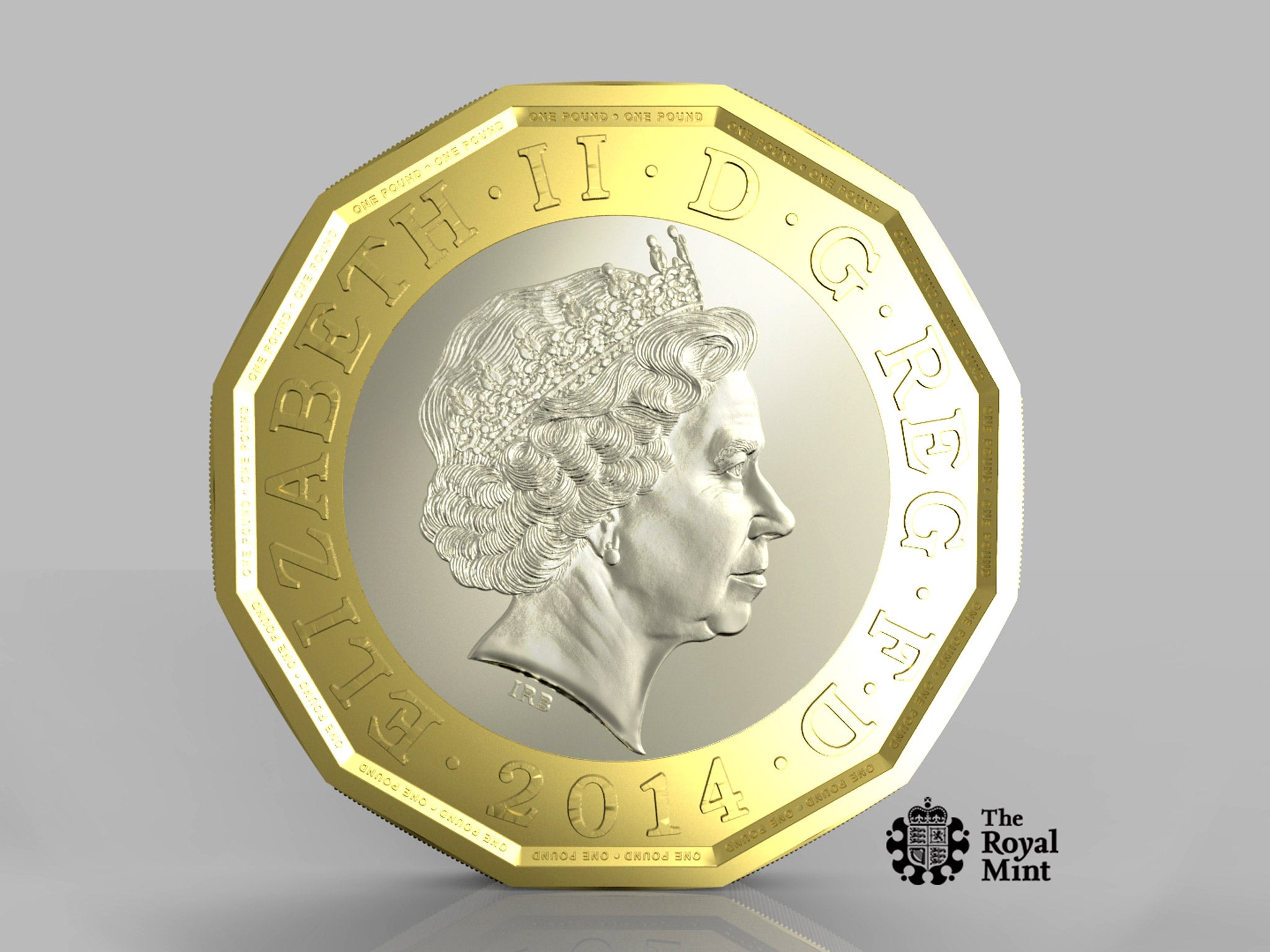New £1 coin: Everything you need to know
The new coins will be introduced on Tuesday 28 March

Your support helps us to tell the story
From reproductive rights to climate change to Big Tech, The Independent is on the ground when the story is developing. Whether it's investigating the financials of Elon Musk's pro-Trump PAC or producing our latest documentary, 'The A Word', which shines a light on the American women fighting for reproductive rights, we know how important it is to parse out the facts from the messaging.
At such a critical moment in US history, we need reporters on the ground. Your donation allows us to keep sending journalists to speak to both sides of the story.
The Independent is trusted by Americans across the entire political spectrum. And unlike many other quality news outlets, we choose not to lock Americans out of our reporting and analysis with paywalls. We believe quality journalism should be available to everyone, paid for by those who can afford it.
Your support makes all the difference.Businesses and British customers are preparing for a new pound coin to enter circulation on Tuesday, marking the first major change to its design in its 33-year history.
The 12-sided coin is said to be the most secure in the world, boasting several new security features including a hologram, to prevent counterfeits which cost taxpayers and businesses millions every year.
The old pound coin has been in use since 1983, when it superseded the pound note.
Around 1.5 billion of the new coins are being struck by the Royal Mint.
Here’s everything you need to know about the new coin:
How are they different?
The new tender will be 12-sided and bimetallic - bringing it closer to the current two pound coin.
The outer ring will be gold-coloured and made from nickel-brass, with a silver-coloured inner ring made from a nickel-plated alloy.
Micro-lettering around the outer ring on the face side will repeatedly state "one pound".
The year of production will be embossed on the tails side. Grooves will be milled on the edge o the coins on alternate sides.
Why are they being introduced?
After 30 years of circulation, the current £1 coin has become increasingly vulnerable to sophisticated counterfeiters.
According to the Royal Mint, an estimated one in 30 pound coins are fake.
The new pound coin will have new security features, including a hologram-like image that changes from a £ symbol to the number one when the coin is seen from different angles.
It has previously been described as "the most secure circulating coin in the world".
When will they be introduced?
The new coins will be introduced into circulation on 28 March.
There will be a "co-circulation period" between March and October 2017 where both old and new pound coins will co-exist until the round pound will cease to be legal tender on October 15.
What will I be able to do with my old £1 coins?
British customers stand to lose up to £1.1bn worth of loose change hoarded in piggybanks, jars and drawers when the current £1 coin goes out of circulation, a Mastercard revealed in February.
Ministers last month reminded the public of the importance of all old coins being returned before the date when they lose their legal tender status.
“Our message is clear: if you have a round one pound coin sitting at home or in your wallet, you need to spend it or return it to your bank before 15 October,” Baroness Neville-Rolfe, commercial secretary to the Treasury, said.
Some banks and building societies said they will accept the old £1 coin after the October deadline, but only from their own customers, according to Steve Nowottny from MoneySavingExpert.com.
"So if you’re left with old pound coins after the deadline, you may need to open an account with a new provider and deposit them there if your current bank won’t play ball," Mr Nowottny said.
Are there any issues?
Critics have said the co-circulation period will cause serious problems, with vending machines struggling to accept the new coins.
The cost of changing over machine mechanisms for small and medium-sized businesses (SME) has been described as a burden too far.
Clive Lewis, head of enterprise at the Institute of Chartered Accountants in England and Wales, previously said: "SMEs have already had to adapt to a number of changes, such as pensions auto-enrolment and the prospect of quarterly digital tax returns, so the introduction of a new pound coin only adds to the burdens placed on small businesses' shoulders.
"The financial hit SMEs will have to take in preparing for the new pound coin will divert attention away from running their businesses and dealing with the economic consequences of Brexit."
Local authorities have complained that adapting parking meters to take the new coin will create an additional financial headache for councils that already suffering under substantial budget cuts.
Last week, major providers including Southern Rail, Virgin East Coast and Transport for London said their machines would not be ready by Tuesday, prompting concerns that travel chaos could ensue.
Supermarket giant Tesco also announced on Friday that it will unlock 100,000 of its coin-operated shopping trolleys after it failed to convert them in time for the circulation of the new £1.
Subscribe to Independent Premium to bookmark this article
Want to bookmark your favourite articles and stories to read or reference later? Start your Independent Premium subscription today.
Join our commenting forum
Join thought-provoking conversations, follow other Independent readers and see their replies
Comments